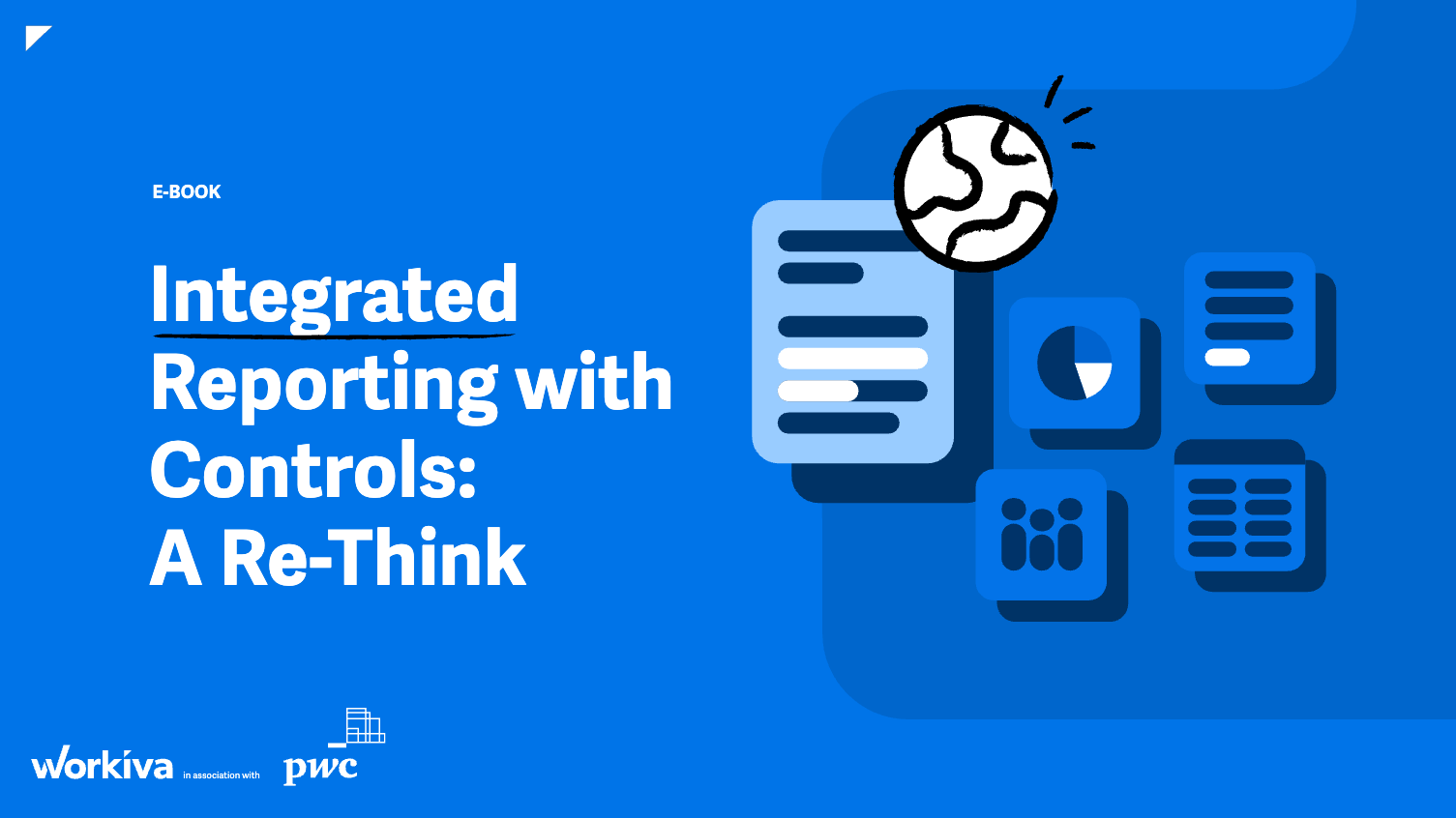Understanding the Nuances of Tax-loss Harvesting in Financial Management
Understanding the nuances of financial management can often feel like navigating a maze. Amidst the myriad of strategies available, tax-loss harvesting stands out as a powerful tool for savvy investors. This strategy involves selling securities at a loss to offset gains in other investments, potentially reducing capital gains and income taxes. Despite its apparent complexity, when used correctly, tax-loss harvesting can turn losses into opportunities.
Key Points to Remember
Tax-loss harvesting is not a one-size-fits-all solution. It requires careful evaluation and understanding of your financial situation. For instance, if your capital losses exceed your gains, you can reduce your taxable income by up to $3,000 annually. Any excess losses can be carried forward to offset future capital gains and income tax. However, one might need expert guidance from a financial advisor or tax professional to navigate the complexities of tax-loss harvesting and maximize its benefits without violating IRS rules.
Understanding Tax-loss Harvesting
At its core, tax-loss harvesting involves selling investments at a loss to offset gains in other investments. The proceeds from the sale are then reinvested in a similar asset, maintaining your market presence. This unique quality differentiates tax-loss harvesting from mere market timing, providing potential for higher after-tax returns. When you opt for tax-loss harvesting, you only consider your net gains – the amount gained minus any realized investment losses. For instance, if you anticipate some realized gains, it would be worth exploring opportunities to realize losses to offset them. This could involve selling stocks or funds that have depreciated since purchase.
The Benefits of Tax-loss Harvesting
Tax-loss harvesting has several benefits. It helps in reducing the amount of capital gains and income tax owed. If you don’t have realized gains in the same tax year, the realized losses can be carried forward to offset income or gains in future tax years. This strategy also has the potential to grow your portfolio by reinvesting tax savings, reduce costs and risks, and turn market volatility into an opportunity.
How Does Tax-loss Harvesting Work?
Learning how to effectively harvest tax losses can greatly enhance your financial strategy. If you have realized capital gains, you can offset them by selling securities from one of your taxable accounts at a loss and reinvesting the money into a similar investment. However, you need to be aware of the IRS wash-sale rule. This rule disallows claiming losses if the same or ‘substantially identical’ investment is bought within 30 days before or after selling it at a loss.
Is Tax-loss Harvesting Worth It?
The value of tax-loss harvesting depends on your financial situation and goals. It might be worthwhile if you’re in a high tax bracket or have significant realized capital gains. However, if you’re in a lower tax bracket or don’t have significant capital gains, the benefits might be limited. It is advisable to consult a tax or financial advisor to determine if tax-loss harvesting is right for your situation.
Automating Tax-loss Harvesting with Advice Services
Automation can significantly enhance the potential benefit of tax-loss harvesting. Vanguard’s advice services offer automated tax-loss harvesting, which ensures compliance with IRS rules. An automated service can efficiently check for opportunities across diverse investments, ensuring you never miss a chance to optimize your tax strategy.
Making the Most of Your Cost Basis
Calculating cost basis is crucial for determining the tax implications of investment transactions. An asset’s cost basis is its original value for tax purposes, adjusted for stock splits, dividends, and gains. Various cost basis methods can be employed based on your investing style and tax situation.
The Takeaway
Tax-loss harvesting is a complex, yet powerful tool that can help savvy investors optimize their portfolios. However, navigating the complexities of tax-loss harvesting requires a deep understanding of financial management and possibly the advice of a financial expert. For more information on this and other financial strategies, visit Fintech Filter. With a wealth of resources and expert insights, Fintech Filter can help you navigate the financial maze with ease.






